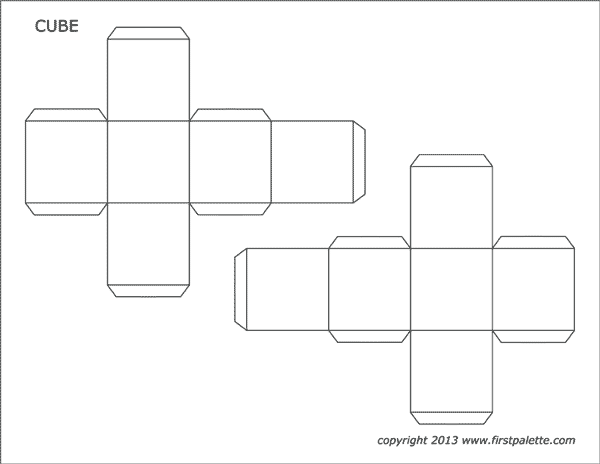Concept
At the beginning of the semester, I was more interested in the capturing system or more of the aesthetic of the final output. In these final projects, I grew more interested to the subject of what I was capturing.
During the Person-in-Time project, I wanted to capture the “moments” when I am with my college friends and represent it in a form that is memorable for me to reflect back on later.
My first iteration of this project was called, “Cooking in Concert”, where I recorded us cooking food together. Having lived with each other for two years and cooking countless meals together, my roommates and I naturally formulated cooking stations and drills. Through this project, I wanted to capture our working patterns and interaction within such a small closed space in an abstract representation.
After this project, I realized I wanted to integrate more spatial elements in the representation. Although I personally preferred this abstract visualization because I wanted to focus on our moving patterns and interactions, I received feedback that it felt too distant from my intention of capturing a wholesome moment with friends.
Therefore in my second iteration, I wanted to create a capture that closely replicates my memory of the moment. After our critique, I thought more about asking the question of what brings people together. And does this reason shape how you interact with each other?
Outcome
(I was absent during the actual event, so there is no other documentation.)
I really liked this point-cloud visual because it only had points facing the kinect camera. From the back, it looks like empty shells, which goes inline with how the light from the tv only lights up the front side of our bodies. I also liked how fragmented and shattered it looks because it represents how my memories also bound to come apart and have missing pieces here and there. In this iteration my focus was not necessarily on the movement but to capture the essence of the moment to observe us when we are all observing something else. To take note of some details or interaction that I do not remember because my memory is only a puzzle piece of the whole picture. This project got me to think about how people who share the moment have different perspectives of that same moment.
Capture “system”
With the Azure Kinect camera I spatially captured my interaction with my friends when we regularly meet every Saturday 7pm at our friend’s apartment to watch k-dramas together. The setting is very particular because we watch in the living room on the tv we hooked up the computer to and all four of us sit in a row on the futon while snacking.
I also set up a supplementary go-pro camera to time lapse our screening, in case the Kinect recording failed. Thankfully, it did not. Lastly, I also recorded our conversations during the screening on my computer. Then, as I explain later on, I use runwayml to transcribe the audio recording and motion tracking to integrate the dialogue component to the capture.
Challenges +Updates from last post
I was able to build the application for transformation_example with command lines on terminal, but even after running it, it did not properly output anything …
Therefore, I tried to use Touch Designer instead. Touch Designer worked great with live data, as my demo shows.
However, it can not read the depth data in the mkv files. From searching up similar cases to mine, only the Kinect Viewer can interpret the depth and RGB data so I would need to export it as a .ply before bringing it into Touch Designer or other programs.
I have tried other suggested methods like mkvtoolnix, etc, but they did not seem to work great either.
Therefore, I decided to focus more on integrating the dialogues into the scenes. I used runwayml to transcribe the audio to get the rough timeline.

Then, I edited parts that were interpreted incorrectly. Lastly, I used its motion tracking to attach the speech to each person. 


































